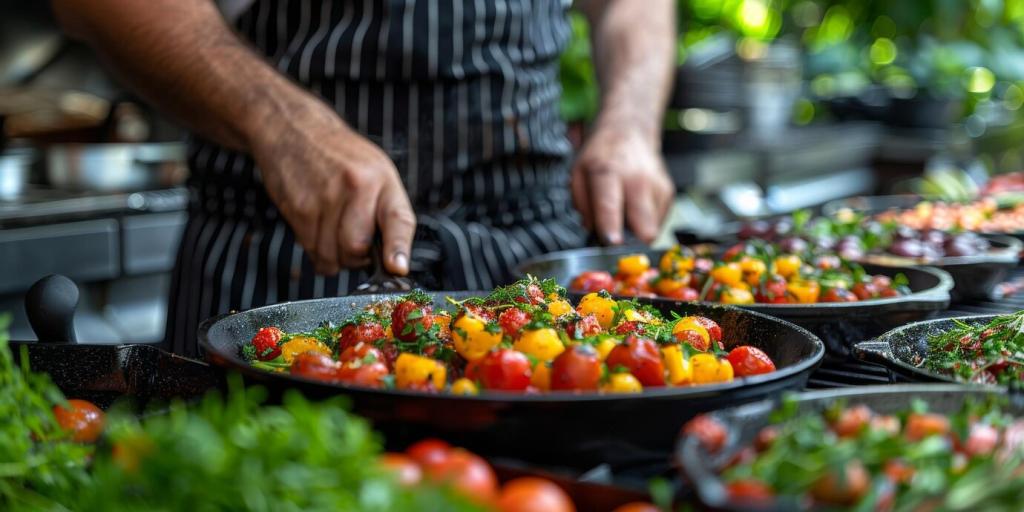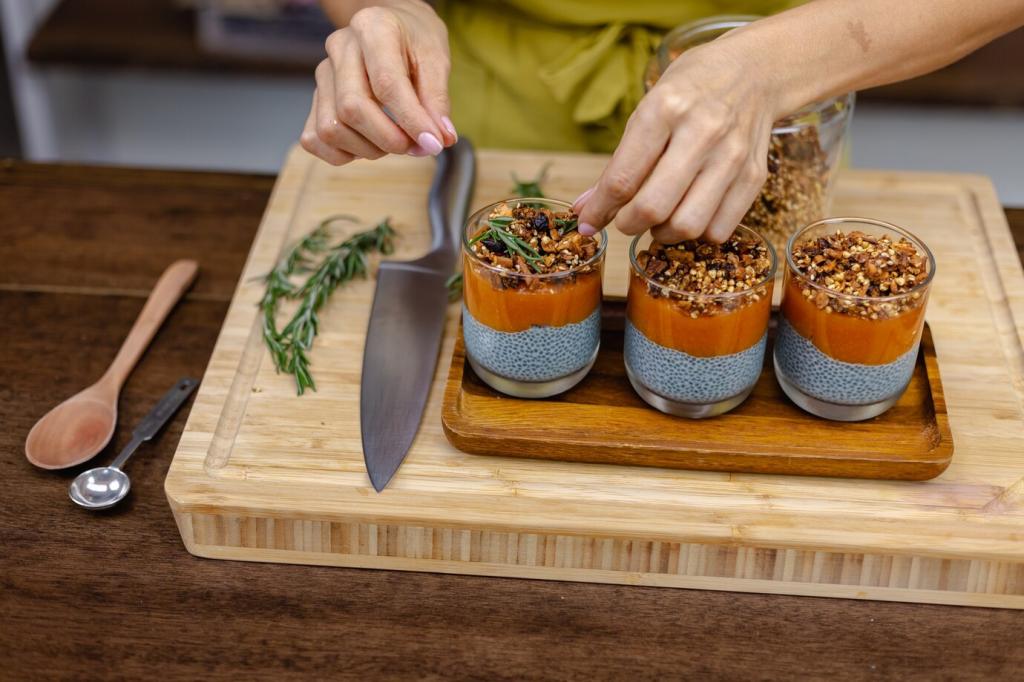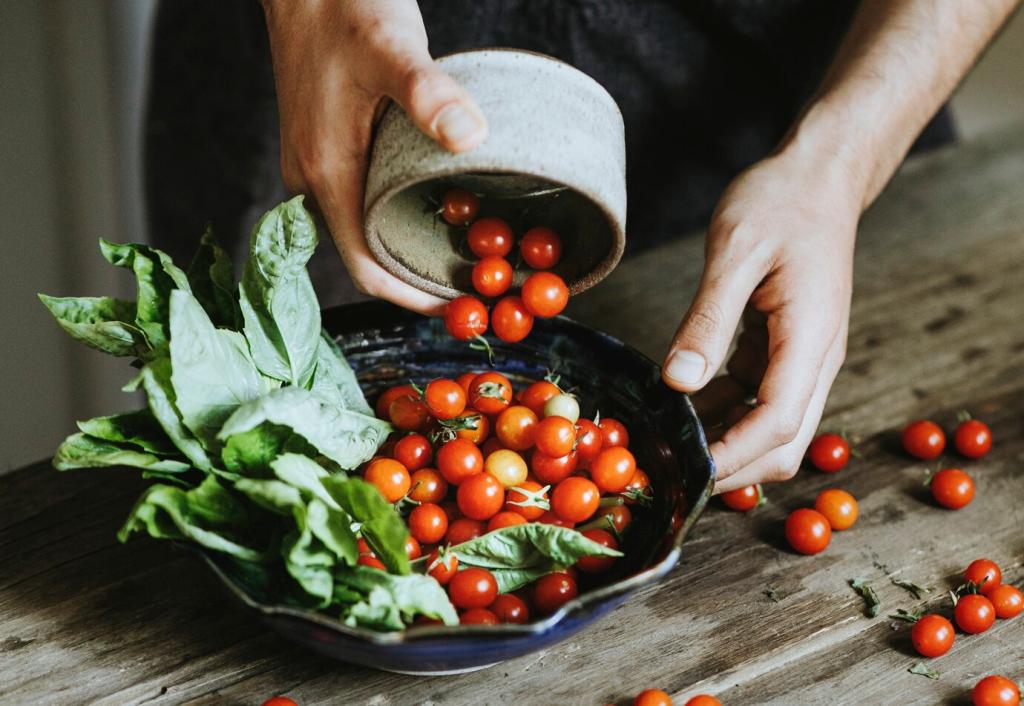Harvest and Prune: Keep the Kitchen and Garden in Sync
For basil, cut above a leaf node to encourage branching. Avoid stripping entire stems. Regular, small harvests keep pesto-ready leaves coming and prevent bitter, flower-driven flavor shifts.
Harvest and Prune: Keep the Kitchen and Garden in Sync
Harvest in the cool morning when oils are most concentrated. Wash gently, dry thoroughly, and use quickly. A little planning makes Tuesday pasta taste like a special weekend dinner party.







